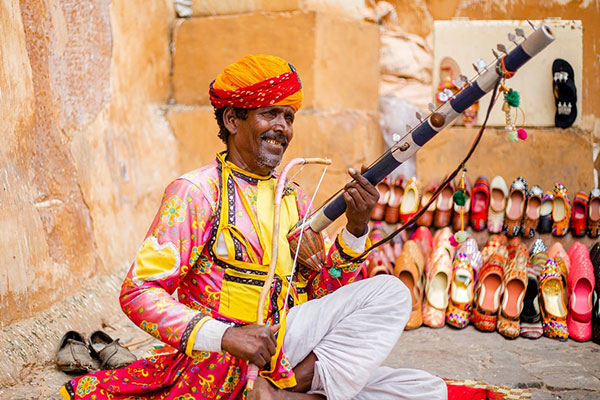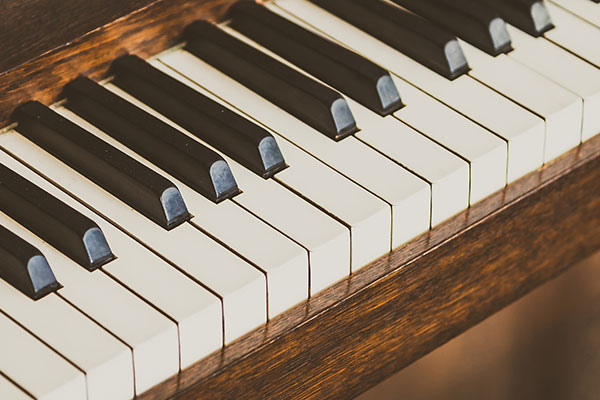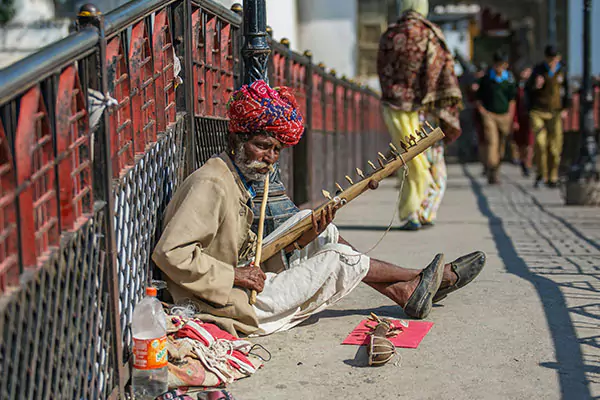Musical Instruments of India
India boasts a rich tradition of musical instruments that vary widely across regions and cultures.
Here are some notable ones.

Sitar
A stringed instrument with a long neck and a gourd resonating chamber, primarily used in Hindustani classical music.

Tabla
A pair of hand drums consisting of a small right-hand drum (dayan) and a larger left-hand drum (bayan), essential in both Hindustani and Carnatic classical music.

Veena
A plucked string instrument with a fretted fingerboard, typically used in Carnatic classical music. Variants include Saraswati veena, Vichitra veena, and Rudra veena.

Flute (Bansuri)
A bamboo flute used in both Hindustani and Carnatic classical music, known for its mellowness and expressive qualities.

Violin
Though not indigenous to India, the violin has been adapted into both Hindustani and Carnatic classical music styles, with modifications to suit Indian classical music techniques.

Tanpura
A long-necked string instrument that provides a continuous drone accompaniment in Indian classical music performances.

Shehnai
A double-reed wind instrument used in North Indian classical music, particularly in auspicious occasions like weddings and festivals.

Mridangam
A South Indian percussion instrument used in Carnatic music, similar to the tabla but with a different construction and playing technique.

Harmonium
A keyboard instrument with bellows that originated from the West but has been widely adopted in Indian classical music, particularly in vocal accompaniment.

Dholak
A double-headed drum used in folk music and light classical music across India, played with both hands.

Sarod
A fretless stringed instrument used in Hindustani classical music, known for its deep, resonant sound and intricate melodic capabilities.

Dilruba
A bowed string instrument with sympathetic strings, used in Sikh and Sufi music traditions. It has a fretted neck and a soundbox made of wood.